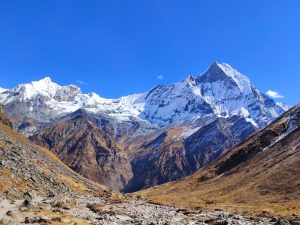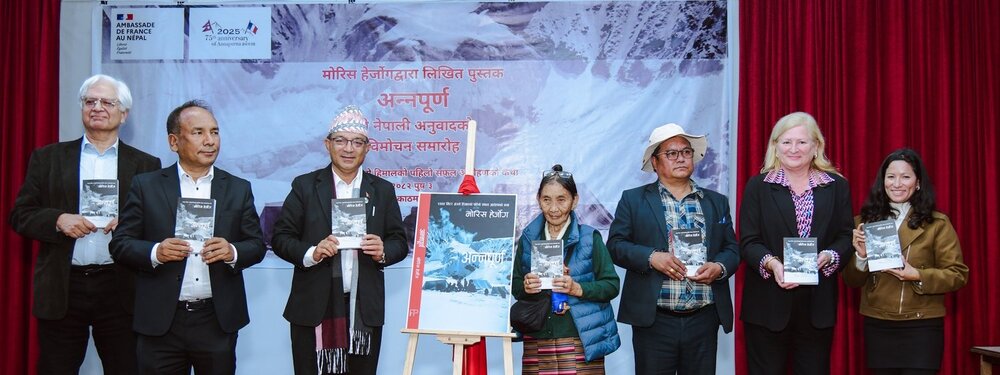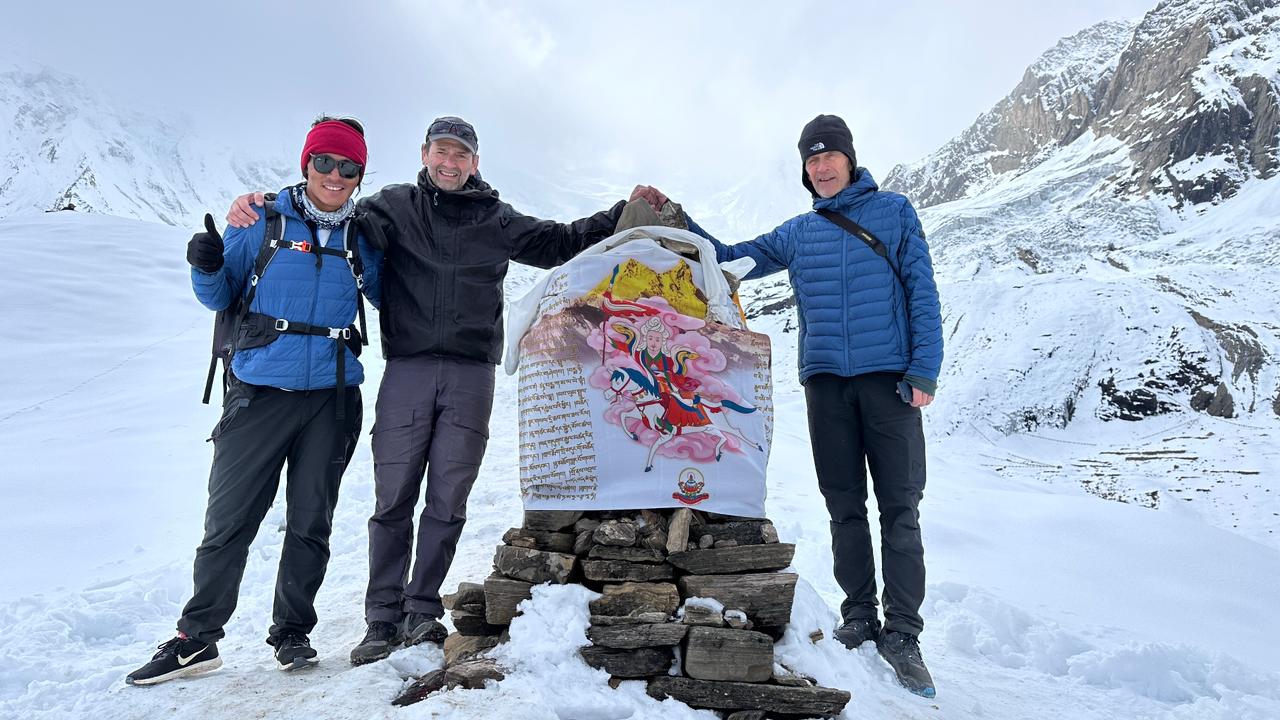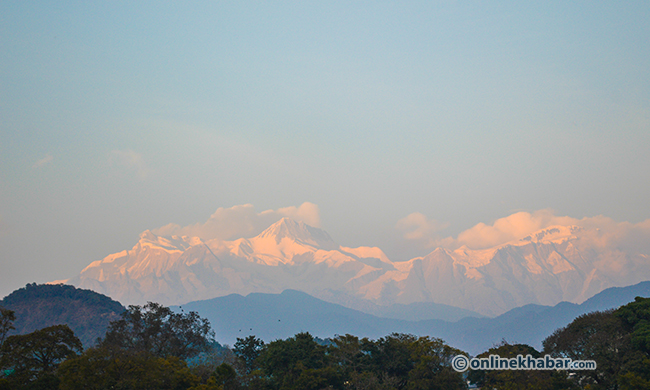
During a recent trip to parts of the Western region, yours truly got the opportunity to soak in the natural beauty of the region. While writing an account of the journey, yours truly may have forgotten to make mention of several places, not because they were not beautiful, but because he has a terribly short memory (That’s why he chose to write about the visit right after his return to Kathmandu).
Without wasting time — lest yours truly forget — let yours truly write about two beautiful places with bizarre names.
Footloose in Hallan Chok
Who does not know about Pokhara? Yours truly is sure most travel buffs know more than he does about the Lake City.
These buffs, yours truly is equally sure, also know about Hallan Chok, a tourist hub. But do they know how the place got its name? If you do, please keep quite. If you don’t, please read on.
About 25 years ago, this place was not that famous, according to Lok Bahadur Gurung of Ghatchinda, Bhadaure-5. It was all cranberry shrubberies and paddy fields by the side of the Fewa, belonging to the rich Brahmins of the Pahadi caste. They tasked people from a certain downtrodden community with the utilisation of this place, according to Gurung. “These people would drink heavily and walk about, wander around desolate streets of this place (In Nepali, hallanu means to wander around, to shake).”
Then came a boom. With the restoration of multiparty democracy, Nepal opened up to the outside world, witnessing a surge in the number of tourist arrivals. Some of the Pahadi families, who were least bothered about their land, bought it back from those who were using it, while many landowners let the downtrodden ones one it. Some of the Pahadi families, who were least bothered about their land, bought it back from those who were using it, while many landowners let the downtrodden ones one it.
Some of the Pahadi families, who were least bothered about their land, bought it back from those who were using it, while many landowners let the downtrodden ones one it.
The change brought riches for the people from the downtrodden community. Through frequent interactions with tourists, they became fluent in foreign languages, especially English, got jobs in the tourism industry, many of them got married to foreigners, propagating foreign culture and habits, helping make Pokhara what it is today. Their drinking habit continues to this day, helping make the name of this place — Hallan Chok – still meaningful, even in the changed context.
Yours truly regrets not being able to keep pace with those shaking legs, for he had his fill in the highlands of Arthar Danda and Chitre.
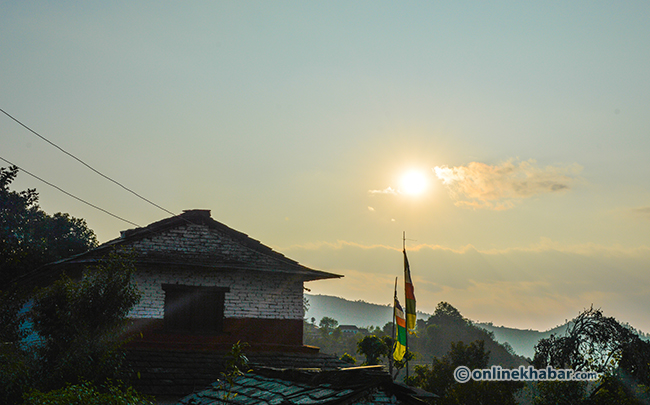
Cooling heels in Arthar Dandakharka
Before setting foot on this highland known for its home stay facilities and eye-catching views of snow-clad peaks, yours truly had thought the place was Arthur Danda mis-spelt. But the name was alright, he found later, thanks to Gopal Bahadur Gurung (58), who has been involved in conservation of Panchase for long, the origin of the Harpan Khola, which drains into the Fewa in Pokhara.
Times have changed and so have people’s ways. These days, people from these castes have migrated, mostly to Pokhara.
The Gurung name for the place is Praythar, according to Gurung. In this tongue, Pray means eight and Thar means castes, literally meaning eight castes.
These eight castes were Gurung, Brahmin, Thakali, Nepali, BK, Pariyar, Chhetri and Thakuri and Magar. Apparently, these people made the village self-sufficient as per a traditional system that assigned different roles to different castes at a time when industrialisation was not even in its infancy.
Times have changed and so have people’s ways. These days, people from these castes have migrated, mostly to Pokhara. There are a few people in this beautiful village, Raj Bahadur Gurung (51), who runs Pancha Koshi Home Stay with his wife Muna Gurung (46). Together, these parents of three children also find time to tend their fields and look after their mother Tai Kumari Gurung (76). A former head constable of Nepal Police, Raj says his stress on offering local organic food to the guests.
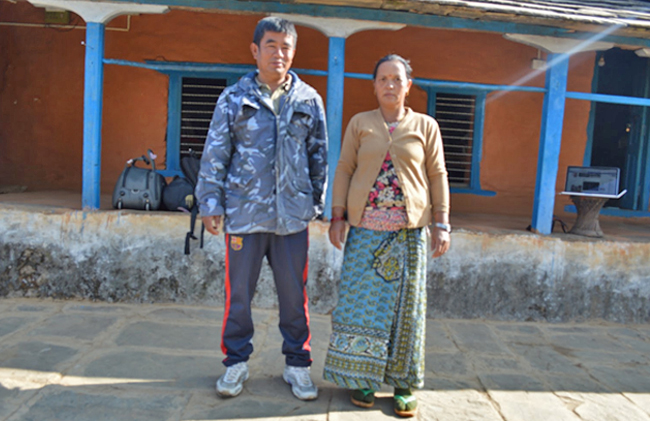
Chitre: Cold wind, warm hospitality
It’s pretty cold in the panoramic village of Chitre, thanks to the wind blowing from the mountains. But warm hospitality, including a campfire, of local people lifts our spirits. I start a conversation with locals, wanting to know what the name means.

During the old days, according to the locals, this sleepy village had dwellings made of bamboos all around. The local dialect for these dwellings is Chitre. This is how Chitre got its name. Though there are no such dwellings these days, the place has stuck to its name and we the travellers have no problem with it.




